Great Blue Lobelia – 1 Gallon Pot
$33.97 Original price was: $33.97.$23.78Current price is: $23.78.
SKU: D2LSC 8850038858 Category: NATIVE PLANTS
- Elevate Your Shopping Experience
- Get Quality, Get More
- 7-Day Returns, 100% Quality
- Protect Your Wallet with Safe Payments

Great Blue Lobelia
Lobelia siphilitica
Plant Details
USDA Plant Hardiness Zones: 4a-9b Find Your Zone
Plant Type: Perennial
Height at Maturity: 3-4′
Width at Maturity: 1′
Spacing: 12″ mass plantings; 3′ or more for space between plants
Spacing: 12″ mass plantings; 3′ or more for space between plants
Growth Habit / Form: Upright
Growth Rate: Fast
Flower Color: Blue
Flower Size: 2″
Flowering Period: Mid Summer into Fall
Flower Type: Two-lipped
Fragrant Flowers: No
Foliage Color: Green
Fragrant Foliage: No
Berries: No
Berry Color: No
Sun Needs: Part Shade (Afternoon Shade)
Water Needs: Average
Soil Type: Clay (amended), Loam, Sand (amended), Silt
Soil Moisture / Drainage: Well-drained moist to Wet
Soil pH: 6.0 – 7.0 (Moderately Acid to Slightly Alkaline)
Maintenance / Care: Low
Attracts: Visual Attention, Butterflies, Hummingbirds. Beneficial Pollinators
Resistances: Disease, Heat, Humidity, Insect, Rabbit, Wet Soil
Description
A wonderful North American native plant the butterflies will thank you for planting. The large, blue, two-lipped flowers of Great Blue Lobelia are packed onto the upper parts of sturdy stems. An easy to grow North American native plant that naturalizes freely in moisture retentive sites. Perfect for those partially shaded wet spots in the garden!
Landscape & Garden Uses
Great Blue Lobelia is perfect for planting in partially shaded sites with a moisture retentive soil, such as near ponds, streams, lakes and other sites with somewhat swampy conditions. If conditions are right the plant will naturalize freely. A fine addition to bog gardens, perennial gardens, cottage gardens, and blue theme gardens.
Growing Preferences
Lobelia isn’t too fussy about soil but grows best in a consistently moist soil of average fertility. Too much shade and flowering will be diminished. In northern regions it tolerate full sun with adequate moisture. At least 4 hours of direct sunlight per day is suggested for best flowering. Plant with the top of the root ball even with ground level. Care and maintenance are minimal. Feed in spring with an organic plant food.
Plant Long & Prosper!
Meet The Wilson Brothers & Staff
Questions? Contact Us!
Be the first to review “Great Blue Lobelia – 1 Gallon Pot” Cancel reply
Related products
Sale!
Sale!
NATIVE PLANTS
Sale!
Sale!
NATIVE PLANTS
Sale!
NATIVE PLANTS
Sale!
NATIVE PLANTS
Sale!
NATIVE PLANTS
Sale!
NATIVE PLANTS

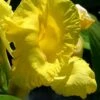

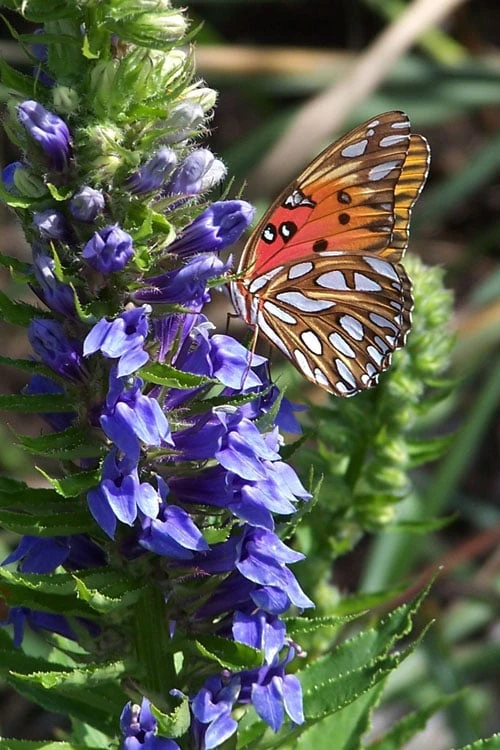

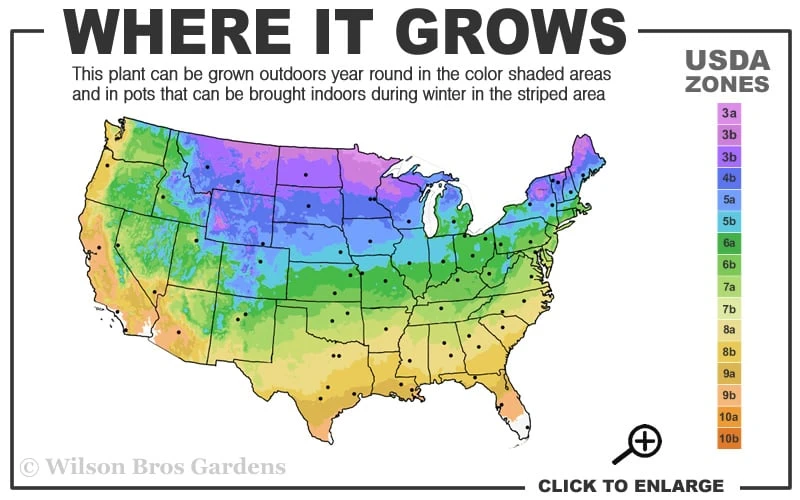

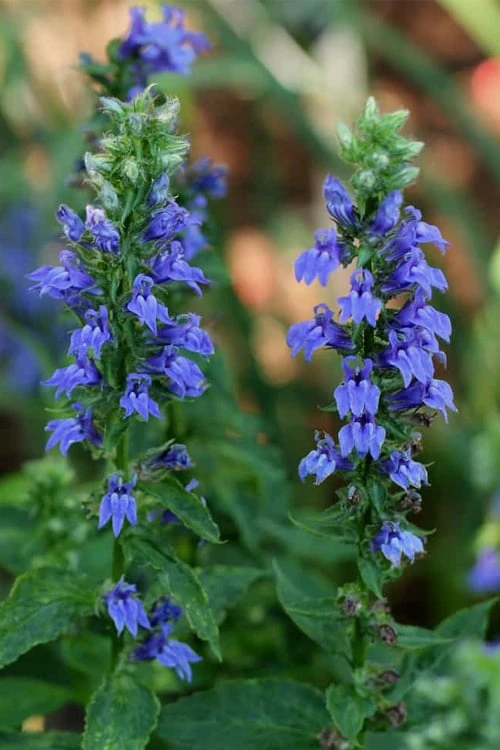

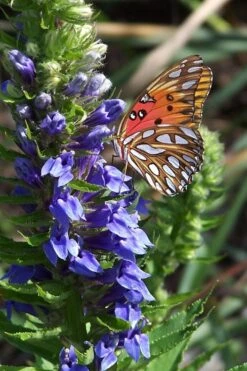
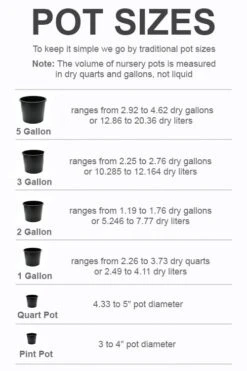

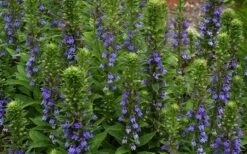
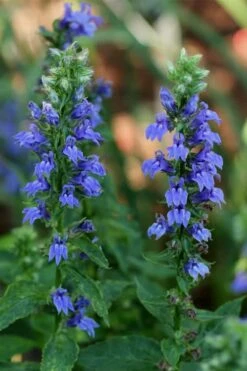
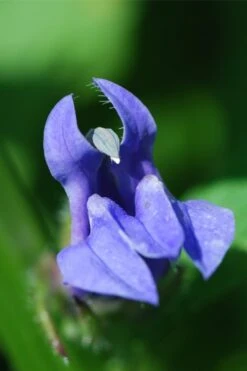
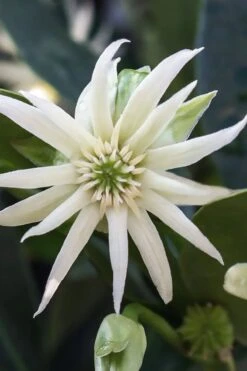
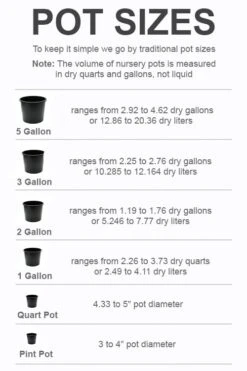
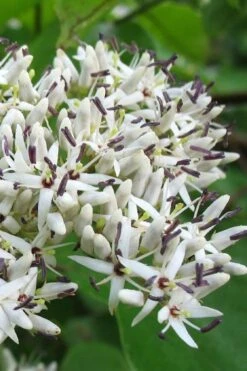
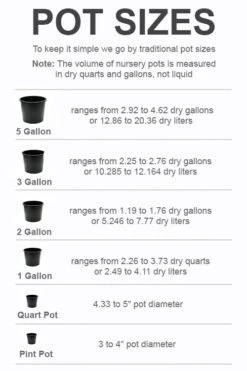
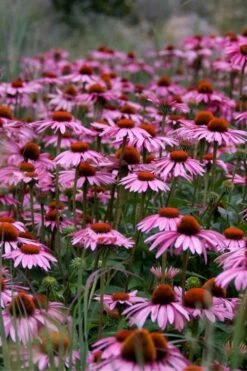
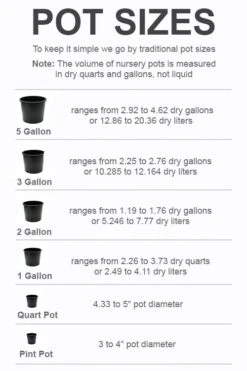
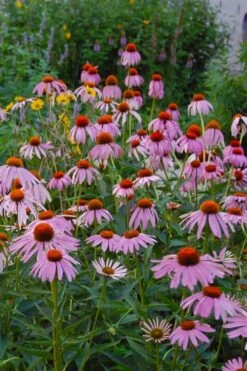
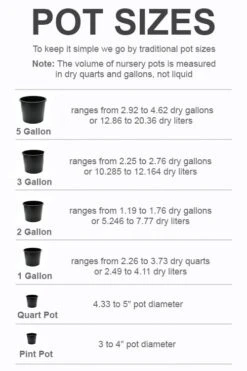
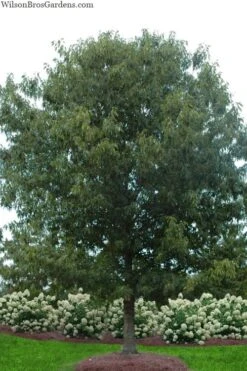

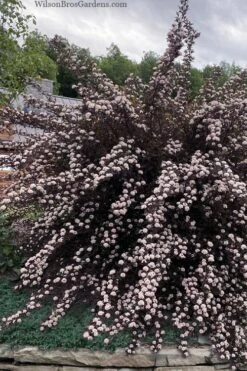
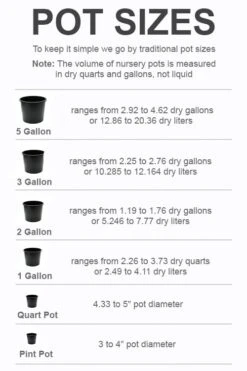

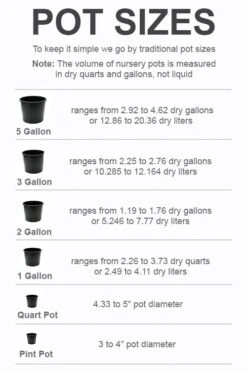


Reviews
There are no reviews yet.